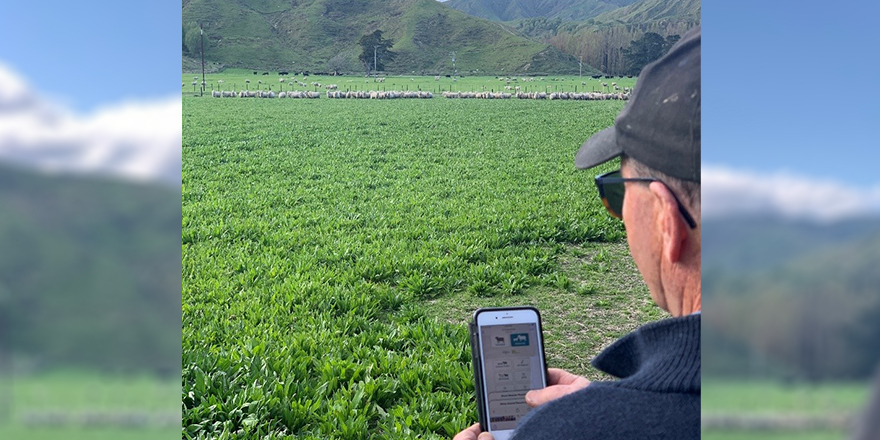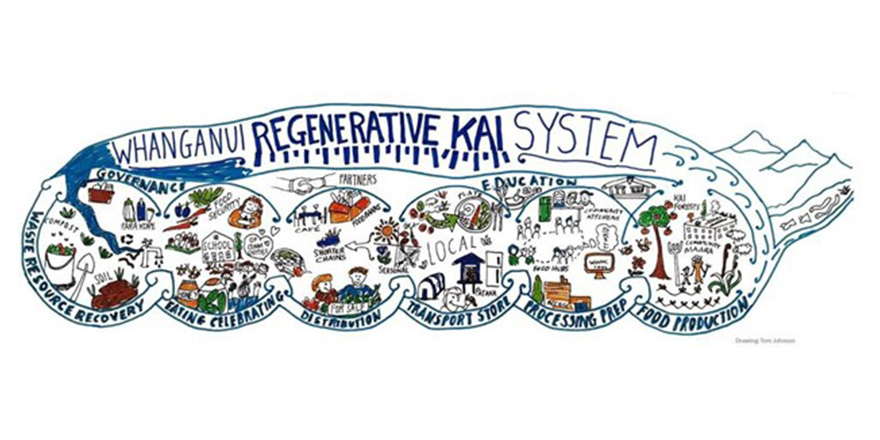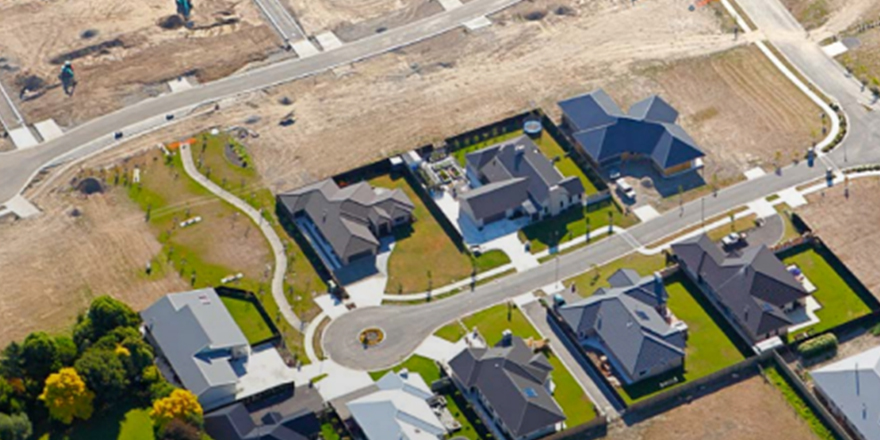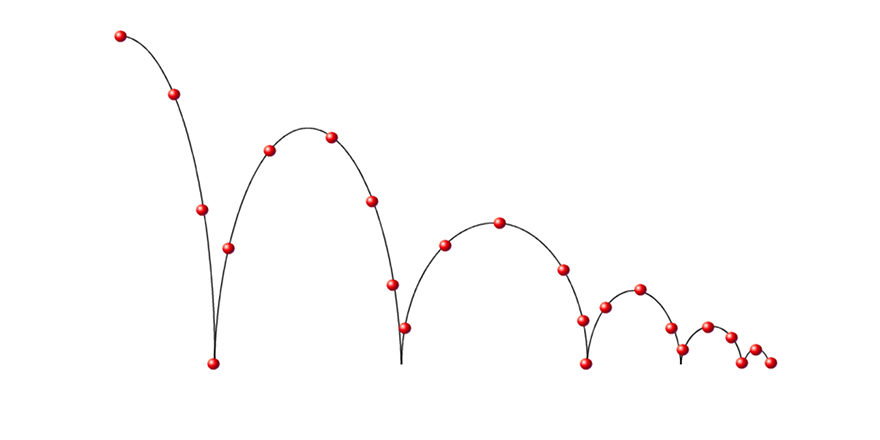
Executive summary
Agriculture contributes to 50% of New Zealand’s gross greenhouse gas emissions, an industry that is largely dominated by ruminants producing methane (Ministry for the Environment, 2022).
The Climate Change Response Act 2002 has set a target to reduce biogenic methane emissions to 24–47 per cent below 2017 levels by 2050. Therefore, the reduction of methane emissions from livestock is of significant environmental and economic importance.
It has been demonstrated that there is repeatable, individual variation in the methane emissions of sheep and that part of that variation is genetically heritable. There is now a breeding value that allows commercial farmers to rank, select and purchase lower methane emitting sires. This is currently the only tangible and proven mitigation farmers can start implementing on their farms right now.
In a time where our consumers are more discerning than ever before about how their food is produced, it is vital that commercial farmers utilise resources and technologies wherever possible to further our competitive advantage through sustainable practices.
However – regardless of personal views on climate change or political policies – do commercial farmers have the capacity and capability to understand the opportunity that these low methane-emitting genetics bring?
This research focuses on understanding the barriers to genetic potential through sire selection on New Zealand sheep farms.
To gather information on the barriers for farmers in relation to breeding decisions a literature review was undertaken to understand the gap in knowledge of farmers with regards to genetics, along with establishing factors in commercial farmer behavioural change and understanding of complex decision-making in relation to animal breeding decisions.
This was followed by an unstructured interview process with four farmers from three different farming enterprises, to establish a journey map to understand each farmer’s experiences, by creating a map of their interactions with sire selection. Farmers were selected to represent different types of farming enterprises and perspectives within the sector.
This process also helped to establish a picture of their current level of understanding, perceptions and preferences in genetic decision-making and identification of barriers to genetic potential through sire selection within the farm systems.
Key Findings
Given the significant advances in genetic and recording technologies over the past 20-30 years, it could be assumed that sire selection decisions should have become simpler. However, though these technological advances may provide more information, the complexity and scope of the information may also overwhelm farmers.
Martin-Collado, et al. (2018) describes that when people are faced with complex decisions and/or are exposed to information overload, this leads to either impulsive often suboptimal decision-making or they use simplification strategies (i.e. heuristics).
In terms of effecting meaningful change through genetic decision-making, the ability to effectively compare a farmer’s system with that of others appears to be an instigator to change.
There is a significant educational role to fill with regard to sire selection and genetic decision-making. Whilst we have sheep which are genetically lower methane emitting or significantly more tolerant to facial eczema available for purchase now, there is much to be done to assist the commercial farmer to realise the opportunities available to them when it comes to genetics.
Recommendations
Beef + Lamb NZ should aim to develop a number of tools and resources aimed towards genetics education and extension for both commercial farmers and breeders.
The development of these tools and resources should:
- consider the individualism of farmers and their systems, the behaviour of change and complex decision heuristics,
- be developed in collaboration with subject matter experts and farmers to be relatable for the intended audience,
- share the success stories of farmers who have successfully harnessed the opportunity of genetics,
- be created for a range of delivery mechanisms to cover a range of learning styles.
- These should be developed in collaboration with industry partners to facilitate the uptake of these resources by these parties to assist in the dissemination and delivery of the resources.
Download and read the full report here:




